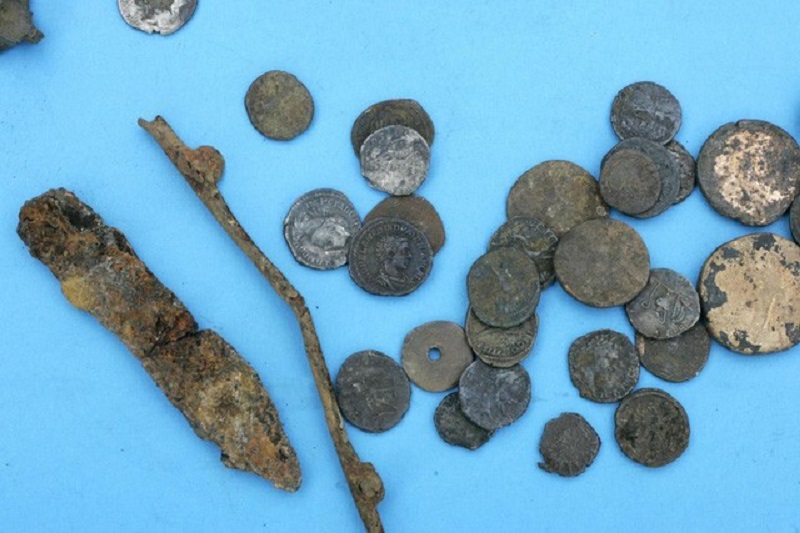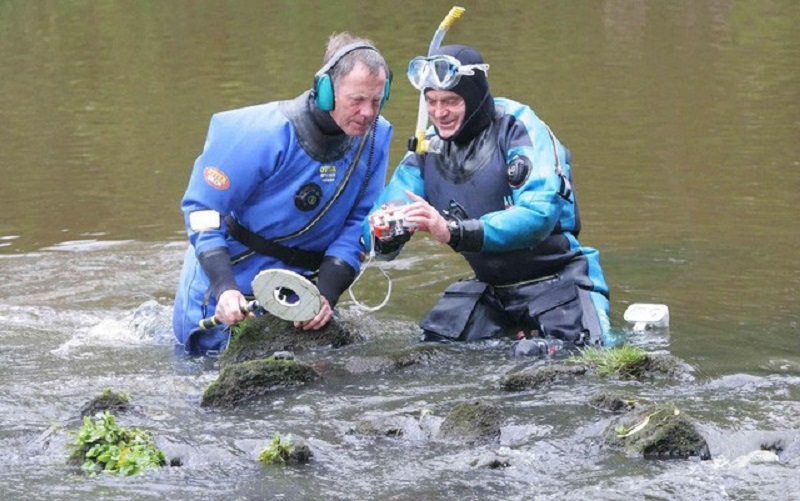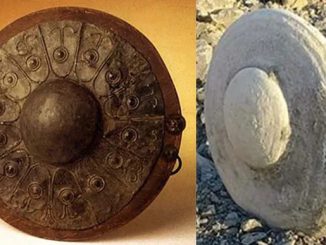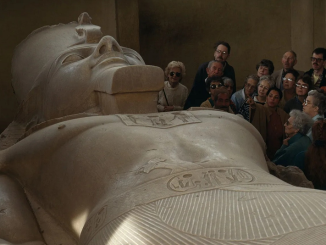Two old men have spent the past three decades diving a section of the river and have accumulated more than 5,000 antiques including gold rings, gold coins, silver, ceramics,…
According to The Northern Echo, Mr. Rolfe Mitchinson and Mr. Bob Middlemass started diving and searching for treasure in the Tees River, Piercebridge village, England in 1987 and stopped this work last September.
Their hard work over the years has resulted in a collection of more than 5,000 artifacts dating from the Iron Age to the late Middle Ages.
Among them, more than 3,000 artifacts of Roman origin include coins, brooches, military equipment and figurines.

Some gold and silver coins were found by the two men. (Source: TNE)
After an investigation, senior scientist Jeremy Chipperfield concluded that the Roman artifacts and coins they found were treasure.
Mr Mitchinson, 78, from Bournmoor, happily said: “We’ve been diving in the River Tees for 30 years and today is the sweet result of all that hard work.”
Sharing with the press, Mr. Mitchinson and Mr. Middlemass, 70 years old, living in Belmont, said that they switched from deep sea diving to river diving in 1987 at the request of a founding member of the Northern Archeology Group. Raymond Selkirk.
The two men, equipped with specialized equipment, headed down the north bank of the River Tees on land owned by Raby Estates.
“In 1987, many large artifacts were discovered and then the river revealed even more artifacts. It’s like an Aladdin’s cave,” Mr. Mitchinson said.
In September last year they were asked to stop diving at the site while a major study was carried out by the University of Reading.
A report from the British Museum says that the treasure they discovered were objects and coins that were sent to the deceased, meaning they were released into the river for religious purposes with no intention of getting them back. .
Mr. Rolfe Mitchinson and Bob Middlemass dived the Tees River to find treasure in 2012. (Source: TNE).
Among the items were many precious metal coins and many gold and silver objects containing at least 10% precious metal.
In addition, Mr. Mitchinson and Mr. Middlemass also hope that their findings will continue to be displayed for the public to admire.



